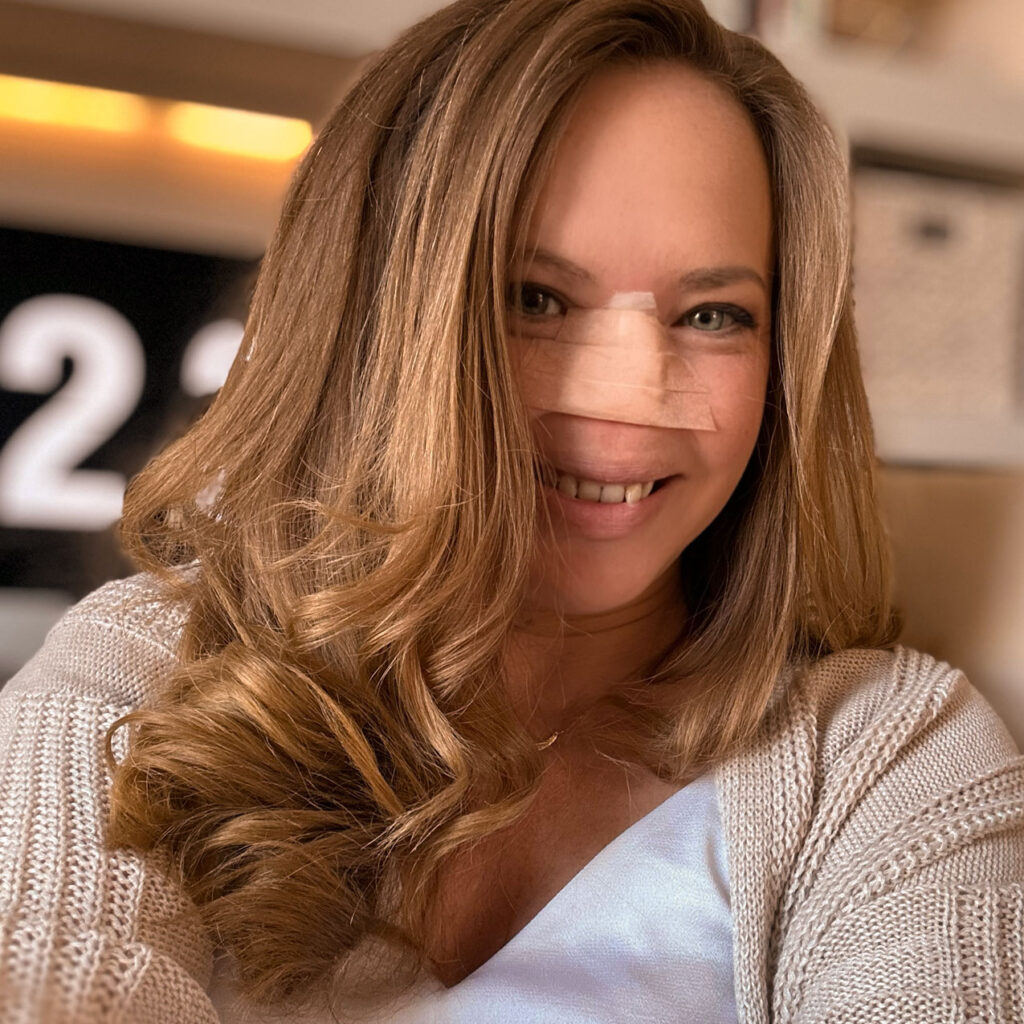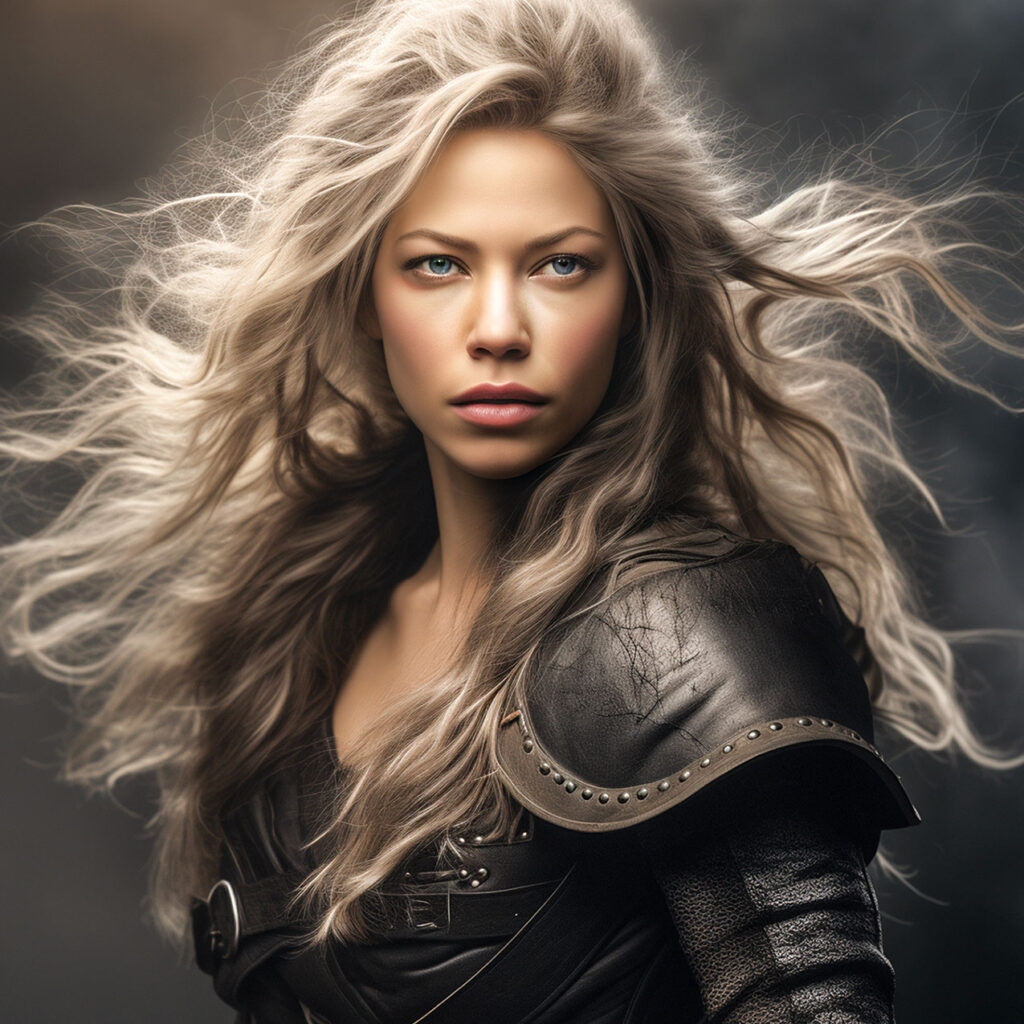Ah, the holidays… that special time of year when I’m attending more and more get-togethers and meeting new people. The minute they discover I’m an author, that good ole’ question about the series always rears its head, “What’s it about?”
A million-plus words in this five-book series, and Aunt Marleen isn’t really looking for a twenty-minute explanation.
It’s about a lot of things, I say, but if I had to sum it up in a quick answer, I would say, more so than anything else, it’s about human nature.
Sure, to an outsider reading the back cover, the series might initially appear as a love story about people whose plane crashed through time, but that’s just the setting. The true essence lies in the characters’ interactions with each other and with the reader.
Each character, be it Jim, Lilly, Cece, Alaina, Chris, Jack, or most importantly, the reader, is a study of human nature. The narrative explores our initial reactions, how perceptions evolve over time, and the impact of our mistakes, tragedies, and unfulfilled expectations.
In the first book, the focus was on first impressions. The cast, diverse in characteristics, was designed to challenge readers to look beyond stereotypes, particularly when I wrote a leading lady whose first impression in the airport of a “bitter wife” was one that I knew would be difficult for readers to move past. Some readers abandoned the story early, influenced by that “bitter wife” impression they couldn’t get past. Others found a deep connection with her struggles, while many gradually came to understand her through her life’s journey—her pain, her errors, and her relentless neurosis. This pattern of breaking stereotypes was replicated with each character on the island: the arrogant actor, the “hillbilly,” the snob, and the funny man – all undergoing transformations of their own throughout the story. I wanted to make you see friendships where you least expected to find them… and to view the next stereotypical stranger you encounter with that same sense of enlightenment… Could that stranger be your best friend in another life? Help you through some difficult time? Show you things about yourself you didn’t know were there?
In book two, I wanted to play with preconceptions and our inherent nature to refuse to see the other side of a story we think we already know. I knew a lot of my readers were going to be angry when more than fifty percent of that book was dedicated to the very man who’d broken my lead female’s heart. I wanted to see if I could diminish the outrage in my readers as they saw another side to their story unfold… while also throwing in a woman most women would hate within seconds of encountering. I wanted to see if these two characters, who I knew could not be loved easily, could find a reader’s understanding. I knew Maria would require several books, but Chris? Could I show you a man that was unraveling in just about every way and make you care about him? Could I show you everything he felt, everything he lost, everything that made him come apart and make you love him, or would he forever be the guy who cheated on Alaina? It was so much fun to watch some people let go of their preconceptions while others hated that story vehemently for his role in Alaina’s life.
The third book delved into moral relativism. What justifications do we make for our favorite characters? When one of our characters is lost, how quickly do our morals align with those we previously condemned? Do we so easily fit the profile of the villain when we are suffering a loss similar to his own? And do we even notice when we do it? This book also explored expectations. And this is where I think I enjoyed the reader reactions the most… There were expectations for where this story might go—not just in book 3 but in every scene and story that followed, and I wanted to see reactions as it veered left again and again.
In the fourth book, the introduction of an empath, Cece, brought a new dimension of compassion and self-discovery. I was curious to see how her presence would affect readers’ relationships with the other characters. Would it lead to a deeper understanding or new criticisms? Would it change your perception of the misguided moral compass you adopted in book three? Would you fall aimlessly in love with one of the bad guys and root for her to give up her other life for a whirlwind (and kind-of irresponsible) romance, or would you see the logic in Alaina’s disapproval?
Finally, book five was about painting the entire spectrum of human nature. I set up expectations, like the return of Captain Cook or a ship fire, only to defy them. The aim was to challenge stubborn first impressions, humanize the wicked to explore forgiveness, kill a despised character to test your hatred, destabilize the strong, and strengthen the weak, while also introducing a young Charlotte Miller to make you question everything you thought was right and every character you thought you loved.
My goal with the series as a whole was not just to give you an adventurous escape from reality, but to also impart a handful of lessons:
- Understanding transcends initial impressions, stereotypes, and expectations, allowing empathy and love for even the most complex characters.
- Life is a mix of tragedies and triumphs, quirks and idiosyncrasies, shaping a larger, more beautiful picture. We all have our oddities, be it neurosis or panic, anger or depression, vanity or self-loathing, and we all have things we wish we could go back and redo, but all of it shapes something bigger—every tragedy or mistake can find its equal in great, perfect moments if we take the time to notice them… to look forward to them.
- Our interactions are pivotal in the grand tapestry of time. Embracing relationships and conversations with those different from us enriches our lives and opens up a world of possibilities. By taking you from a relationship that’d run its course and two people who were just going through the motions into a world of time-traveling adventures, I wanted to show you that sitting still to avoid changing the future is moot. I wanted to show how important it is for us to get up and seek relationships and interactions that make life bigger and shape a future of endless possibilities. I wanted to show that those relationships don’t require thinking that aligns with yours—a devout Christian can love an atheist, a poor southern boy can love a rich upper-east-sider. We can have tough conversations and come out better on the other side of them for our ability to understand those who are different. It’s okay to laugh at bad jokes and swoon at cheesy lines. It’s okay to be neurotic or angry or slightly insane. All of it shapes time… and we have precious little of it to make the most of this life.
So, embrace change, challenge your perceptions, and savor the unexpected.
Fall in love with a stranger… flip your moral compass a handful of times… and say something cheesy to another!
Thank you for joining me on this extraordinary journey. I hope you’ve enjoyed it as much as I have, and should you ever decide to revisit the series, keep these nuances in mind. I’m excited about what lies ahead and can’t wait to share the next adventure with you.









